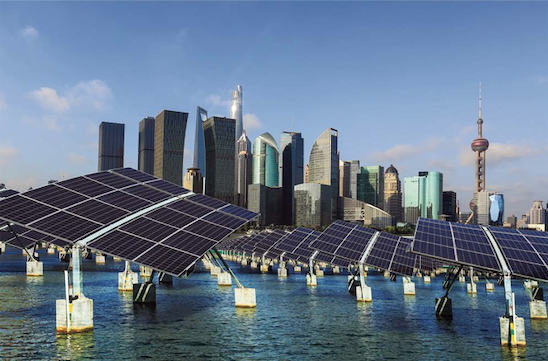Investments in quality infrastructure
Infrastructure requirements for the coming decade are well documented. These requirements multiply when we factor in the investments required to meet the United Nations Sustainable Development Goals (SDGs). Achieving the SDGs will require additional funding, particularly in low-income countries where access to basic infrastructure is lacking. There is also an urgent need to maintain and renovate existing infrastructure in many of the emerging economies that is resulting in economic and environmental inefficiencies.
The quality of infrastructure is a major determinant of the quality of life for our citizens. If we want to pursue the agenda of shared prosperity for all, it begins with access to decent infrastructure for everyone.
Infrastructure drives economic growth during the investment phase and thereafter. It creates long-term productivity gains and facilitates poverty alleviation and job creation.
Industry 4.0
However, the landscape for projecting future infrastructure is changing quickly. We stand today at the dawn of a new industrial revolution where technology-led disruption is transforming the way we perceive products, services and our physical space. Smart grids, autonomous cars, bike-sharing, green buildings, large-scale off-grid systems and hyperloops have the potential to advance rapidly in conjunction with ongoing innovations in network connectivity and bandwidth.
These developments will have a material impact on how we perceive and think about infrastructure. The infrastructure that we need to build today, for use over the next several decades, is fundamentally different from what we have built in the past. It is also becoming increasingly apparent that the impact of technology will completely revolutionise approaches to economic development and service delivery.
Early signs of this emerging trend are visible in Shanghai, where technology is transforming the city into a smarter, greener and more sustainable metropolis. The pace of change is incredibly rapid and widespread affordability is driving mass accessibility and adoptability.
Since the launch of the New Development Bank (NDB) in July 2016, it has put forth a progressive framework for doing things at speed with due consideration for economic, social, environmental and climate change impacts. The bank has approved 26 projects for about $6.5 billion. It intends to have a total approval book of about $15 billion by the end of 2019.
Reversing the damage
The NDB’s first batch of projects were all in the renewable energy sector. This was more than a symbolic gesture; it conveyed the message of the founders that we are committed to a better and more sustainable future for our member countries. We are now focusing not only on renewables, but also on projects that aim at undoing the damage done to the environment during the earlier growth phases of some of our members. These types of projects can be replicated across all countries, driving sustainability and improving system efficiencies. Sustainable infrastructure will make up about two-thirds of the NDB’s total projects in the future.
An efficient approach
In the coming years, the NDB will continue to pursue its objective of facilitating its members’ development agenda. It stands ready to partner with other financial institutions to fund NDB members’ infrastructure requirements. We will strive to be the multilateral development bank for the 21st century and we will continue to be quick, efficient and innovative in our approach.
Infrastructure investments are ultimately about investing for the future. The biggest economic opportunity today is that we invest in a new generation of smart, sustainable technologies that meet our infrastructure requirements. We have both the duty and the privilege to deliver on our mandate in a manner that serves our members and ennobles their collective future.
Unlocking finance may be possible, but ensuring every dollar is well spent may be the next challenge.












